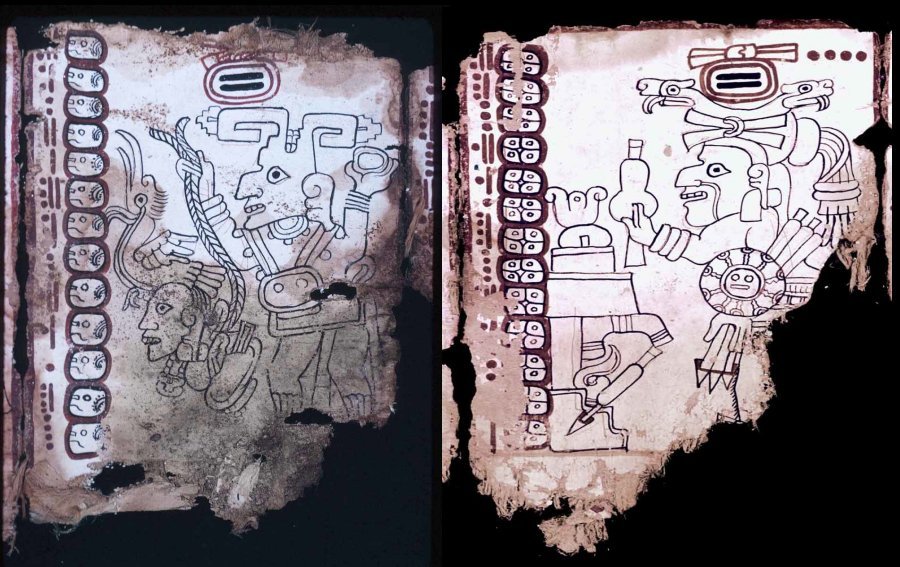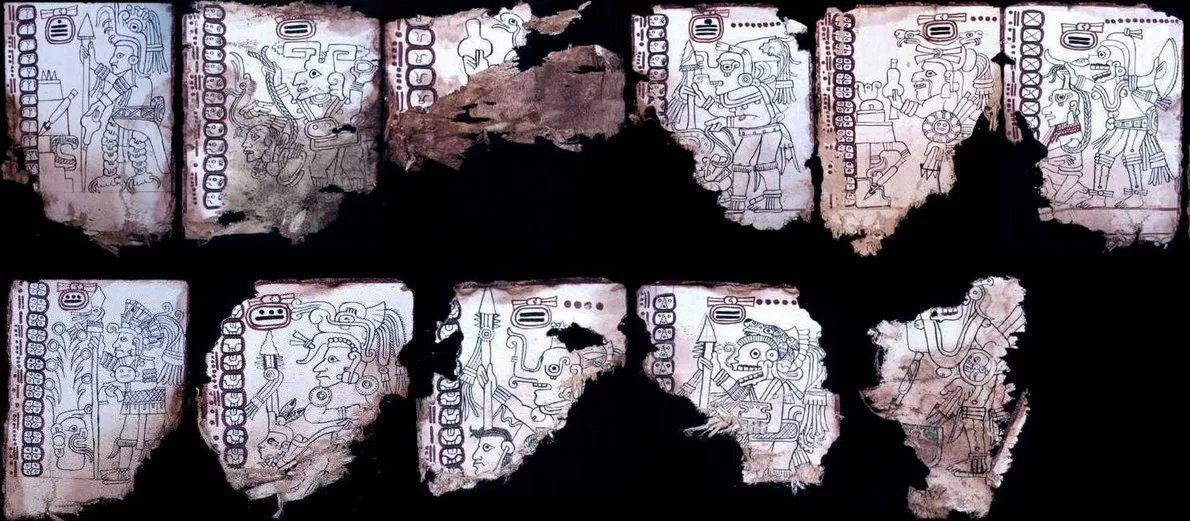Grolier Codex – Oldest, Unique, Genuine Pre-Columbian Maya Manuscript That Survived Spanish Inquisition
A. Sutherland - AncientPages.com - The ancient Maya created many books, but almost all of them were burned by conquistadors and clergy. One of those who significantly contributed to the destruction of the Maya cultural material was the Yucatan bishop Diego de Landa (1524 – 1579).
Left: Page 6 of the Grolier Codex, depicting a death god with captive. Image credit: Private Collection via Wikipedia; Right: Codex Grolier. Image credit: Instituto Nacional de Antropología e Historia, Mexico
The original manuscript has been lost in the "Relación de las Cosas de Yucatán" (around 1566), but many copies still exist; de Landa wrote valuable information about the religion, language, and culture of the Maya.
However, during the ceremony on July 12, 1562, many Maya codices (according to Landa, 27 books) and approximately 5000 Maya cult images were destroyed by the Inquisition Tribunal called by the bishop.
It first appeared in a private collection in the 20th century and was displayed at the Grolier Club in New York. The codex consists of a fragment of a Maya book, containing almanacs of Venus represented in a somewhat simplified fashion, compared to the known Maya codices.
The Grolier Codex would be only the fourth surviving pre-Columbian Maya book if genuine. The manuscript would once have measured 250 centimeters (98.4 in), and was approximately the size of the Dresden Codex.
Codex Grolier, page 7. Upploaded by Adamt - Public Domain
Looters discovered it in a cave in Chiapas, Mexico, in the 1960s. After careful studies, this important manuscript has been confirmed as genuine and probably the most ancient of all surviving manuscripts from old America.
tored in the treasury at the National Anthropological Museum, Mexico, the Grolier Codex contains little text and a lot of illustrations.
Only a fragment of the Codex survived. It consists of 10 painted pages ornamented with ritual Maya iconography, tablets of Venus covering 104 years (probably three generations of the Maya priests), and a calendar that charts the movement of the planet Venus.
Venus and its cycles were significant for the Maya and all Mesoamerican peoples, who believed that different gods and deities were strongly associated with these cycles and with the passing of time.
Codex Grolier. Image credit: Instituto Nacional de Antropología e Historia, Mexico
The Maya regularly measured Venus' cycles because it could help them organize ritual cycles based on astronomical phenomena.
The Grolier Codex differs much from the Dresden Codex, which mentions a great variety of Maya gods and consists of many calculations and detailed notes made by its authors.
Instead, the Grolier Codex only describes the gods who are "deities of everyday life" of the Maya people. These gods are responsible for events such as death, sunlight, or lightning phenomenon, strongly associated with K'awiil, a Maya deity identified with lightning, maize, serpents, and fertility.
The Maya were excellent astronomers who recorded and interpreted every aspect of the sky. They had their solar calendar and knew the timing of the eclipses. The stars, moons, sun, and planets were regarded as gods.
These Gods were involved in human affairs, and their movements were watched closely. The Maya dedicated much time to studying celestial objects, and several of their most important buildings were constructed with astronomy in mind.
Written by A. Sutherland AncientPages.com Staff Writer
Updated on January 12, 2023
Copyright © AncientPages.com All rights reserved. This material may not be published, broadcast, rewritten or redistributed in whole or part without the express written permission of AncientPages.com
Expand for referencesMcClellan J. E. Dorn H. Science and Technology in World History
More From Ancient Pages
-
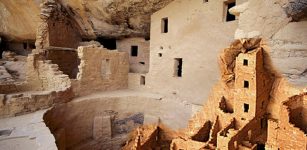 Anasazi: Sophisticated Civilization That Disappeared Or Evolved Into American Indians Of Southwest
Civilizations | Dec 3, 2016
Anasazi: Sophisticated Civilization That Disappeared Or Evolved Into American Indians Of Southwest
Civilizations | Dec 3, 2016 -
 Lost Ancient Golden City Of Vineta – The Atlantis Of The North
Featured Stories | Jun 27, 2023
Lost Ancient Golden City Of Vineta – The Atlantis Of The North
Featured Stories | Jun 27, 2023 -
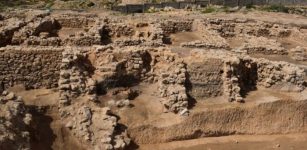 Ancient Greco-Roman Amphora Workshop Discovered In Alexandria, Egypt
Archaeology | Apr 17, 2022
Ancient Greco-Roman Amphora Workshop Discovered In Alexandria, Egypt
Archaeology | Apr 17, 2022 -
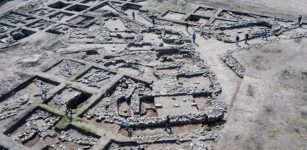 Incredible 5,000-Year-Old New-York-Like Metropolis Discovered In Israel
Archaeology | Oct 9, 2019
Incredible 5,000-Year-Old New-York-Like Metropolis Discovered In Israel
Archaeology | Oct 9, 2019 -
 On This Day In History: Mary Queen Of Scots Was Forced To Abdicate – On July 24, 1567
News | Jul 24, 2016
On This Day In History: Mary Queen Of Scots Was Forced To Abdicate – On July 24, 1567
News | Jul 24, 2016 -
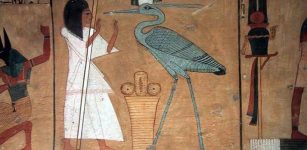 Mythical Egyptian Bennu Bird And Deity
Egyptian Mythology | Jun 5, 2016
Mythical Egyptian Bennu Bird And Deity
Egyptian Mythology | Jun 5, 2016 -
 On This Day In History: Ferdinand Magellan Discovers Guam – On Mar 6, 1521
News | Mar 6, 2017
On This Day In History: Ferdinand Magellan Discovers Guam – On Mar 6, 1521
News | Mar 6, 2017 -
 Mystery Of Biblical Noah’s Strange Connection With Red-Skinned Giants And The Watchers – Celestial Secrets – Part 2
Ancient Mysteries | Jan 28, 2021
Mystery Of Biblical Noah’s Strange Connection With Red-Skinned Giants And The Watchers – Celestial Secrets – Part 2
Ancient Mysteries | Jan 28, 2021 -
 Discovered 2000-Year-Old Mauryan Structure May Lead To The Lost Ashoka Pillar Site
Archaeology | Sep 30, 2021
Discovered 2000-Year-Old Mauryan Structure May Lead To The Lost Ashoka Pillar Site
Archaeology | Sep 30, 2021 -
 Disappearance Of Neanderthals: Were Inbreeding And Demographic Shifts Responsible?
Archaeology | Nov 28, 2019
Disappearance Of Neanderthals: Were Inbreeding And Demographic Shifts Responsible?
Archaeology | Nov 28, 2019 -
 Never-Ending Battle Of The Oak King and Holly King – Confrontation Of The Light And The Darkness
Celtic Mythology | Dec 17, 2021
Never-Ending Battle Of The Oak King and Holly King – Confrontation Of The Light And The Darkness
Celtic Mythology | Dec 17, 2021 -
 Medici Family – Powerful Renaissance Godfathers And Patrons Of Galileo Galilei
Featured Stories | Dec 17, 2018
Medici Family – Powerful Renaissance Godfathers And Patrons Of Galileo Galilei
Featured Stories | Dec 17, 2018 -
 Little People: Ancient Race That Pre-Dates Native Americans, Celts, And Other Settlers Worldwide
Featured Stories | Aug 29, 2024
Little People: Ancient Race That Pre-Dates Native Americans, Celts, And Other Settlers Worldwide
Featured Stories | Aug 29, 2024 -
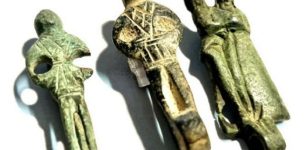 Exceptionally Rare Medieval Loop For Hanging Keys Found Near Kamień Pomorski, Poland
Archaeology | Mar 19, 2024
Exceptionally Rare Medieval Loop For Hanging Keys Found Near Kamień Pomorski, Poland
Archaeology | Mar 19, 2024 -
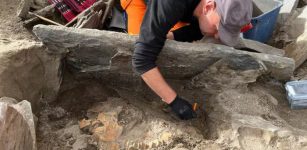 ‘Sensational’ Discovery Of Large Untouched 4,000-Year-Old Grave In Norway
Archaeology | Nov 10, 2023
‘Sensational’ Discovery Of Large Untouched 4,000-Year-Old Grave In Norway
Archaeology | Nov 10, 2023 -
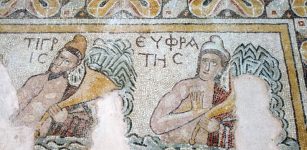 More Beautiful Mosaics In The Ancient City Of Hadrianopolis In Northern Turkey
Archaeology | Sep 28, 2022
More Beautiful Mosaics In The Ancient City Of Hadrianopolis In Northern Turkey
Archaeology | Sep 28, 2022 -
 Why Were Uncomfortable Poulaines High Fashion During The Middle Ages?
Ancient History Facts | Feb 19, 2025
Why Were Uncomfortable Poulaines High Fashion During The Middle Ages?
Ancient History Facts | Feb 19, 2025 -
 Forbidden Ancient Manuscripts Almost Erased From History – Secret Teachings Of Mysterious Founder – Part 1
Ancient Mysteries | May 10, 2018
Forbidden Ancient Manuscripts Almost Erased From History – Secret Teachings Of Mysterious Founder – Part 1
Ancient Mysteries | May 10, 2018 -
 Evidence Of Carthaginian Presence In Northern Europe?
Featured Stories | Jun 18, 2022
Evidence Of Carthaginian Presence In Northern Europe?
Featured Stories | Jun 18, 2022 -
 Scientists Closer To Solving The Mystery Of When Animals Evolved
Evolution | Jul 6, 2023
Scientists Closer To Solving The Mystery Of When Animals Evolved
Evolution | Jul 6, 2023

